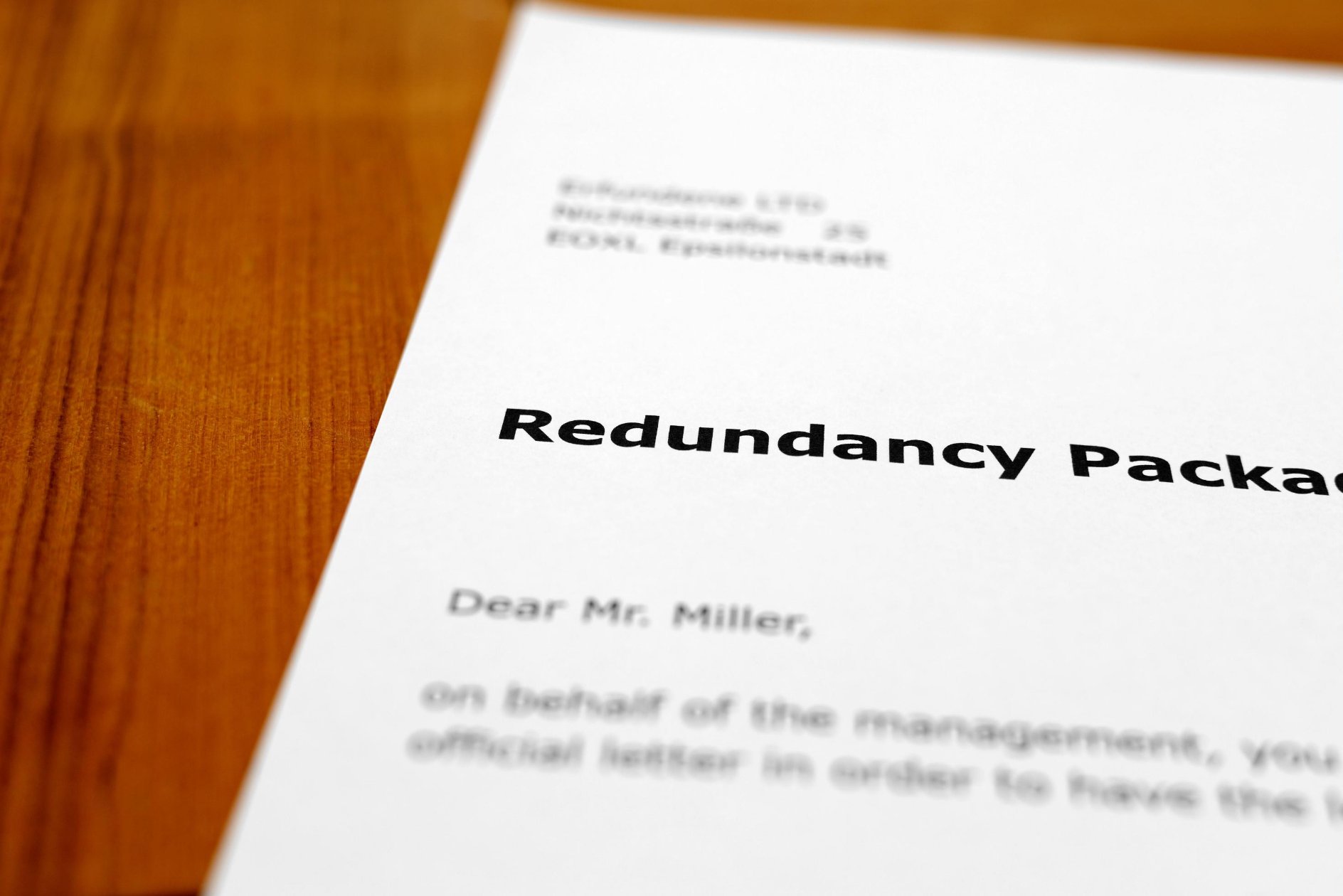As lockdown rules are starting to ease across the UK and the furlough scheme is starting to wind down many employers and employees are looking for advice on redundancies. The Advisory, Conciliation and Arbitration Service, more commonly known as Acas, has seen a significant increase in calls regarding redundancy in the last few months.
This blog provides a summary of what you need to know about redundancy and where you can find more information.
What does a redundancy process entail?
There is no set redundancy process as this depends on the circumstances and the number of employees an employer is proposing to make redundant. For example, if an employer is considering making 20 or more employees redundant within a 90-day period, they have a duty to undertake ‘collective consultation’ which includes meeting with elected representatives or recognised trade unions of affected employees, rather than just meeting with employees on an individual basis.
There is also a minimum consultation period before dismissal depending on the number of proposed redundancies. If there is between 20 – 99 proposed redundancies a 30 day consultation period is required and in situations where there are 100 or more proposed redundancies, the minimum period is 45 days.
Generally, the employer would begin the process by identifying the group of employees at risk of redundancy referred to as the ‘selection pool’, and then will need to decide which of the employees in the pool will be provisionally selected for redundancy and consult with said employees prior to making the decision to dismiss.
During the consultation period the employer should explain the business changes that they are considering, and explore alternatives to redundancy, as well as get the employee’s feedback and input before making any final decisions.
How much notice of redundancy is required?
Once all the consultations are completed and the minimum consultation period has passed (if applicable) the employer can give notice of redundancy.
It’s recommended that the employer does this in a face to face meeting, but due to the current circumstances a video call may be more appropriate. The employer should also provide the employee with a written notice and include the following in the letter:
- Notice period
- Leaving date
- How much redundancy pay the employee is due
- How the redundancy pay has been calculated
- Details of any other pay they are owed, for example untaken holiday pay
- When and how the employee will be paid
- How the employee can appeal the decision
If an employee is dismissed by reason of redundancy they are entitled to be given notice as per the terms of their contract of employment. All employees must receive at least the statutory minimum notice which is at least one week if they have been employed between one month and 2 years. Employees who have been employed for over two years are at least entitled to one week for each year of complete service up to a maximum of 12 years.
How much redundancy pay will an employee be due?
An employee who has been dismissed by reason of redundancy and has been continuously employed for two years or more will be entitled to a statutory redundancy payment. How much statutory redundancy pay an employee gets is based on their age, length of service and weekly pay which is capped at £538.
Some employers may offer enhanced redundancy packages, especially if they wish to encourage voluntary redundancy.
No matter what their length of service, if an employee is dismissed by reason of redundancy they will be entitled to a payment in lieu of any accrued but untaken holiday pay as well as their contractual notice period.
What would be considered an unfair dismissal?
If an employer has not followed a fair procedure, including properly consulting with its employees, which should involve exploring alternatives to redundancy, any subsequent dismissal would be deemed to be unfair.
A redundancy would also be considered unfair (and discriminatory/automatically unfair) if an employer has selected an employee for some unfair or discriminatory reason, such as age, sex, pregnancy etc. If you think that could be your case, you should consult with one of our unfair dismissal solicitors.
Can an employee challenge their employer if they feel they have been unfairly chosen for redundancy?
Yes, an employee has the right to question why they have been selected for redundancy. If an employee is at risk of redundancy, their employer should properly consult with them and as part of the consultation process, the employee is entitled to raise concerns and ask questions.
If the employee has legitimate legal grounds, they can challenge their employer’s decision by appealing to their employer or by instituting ACAS Early Conciliation with a view to potentially pursing a Tribunal claim. It is however important to note that there are strict time-limits to bring Tribunal claims known as the ‘limitation date’.
If you have any questions or would like to discuss your situation please call 0161 930 5151 or email employmentteam@gorvins.com

